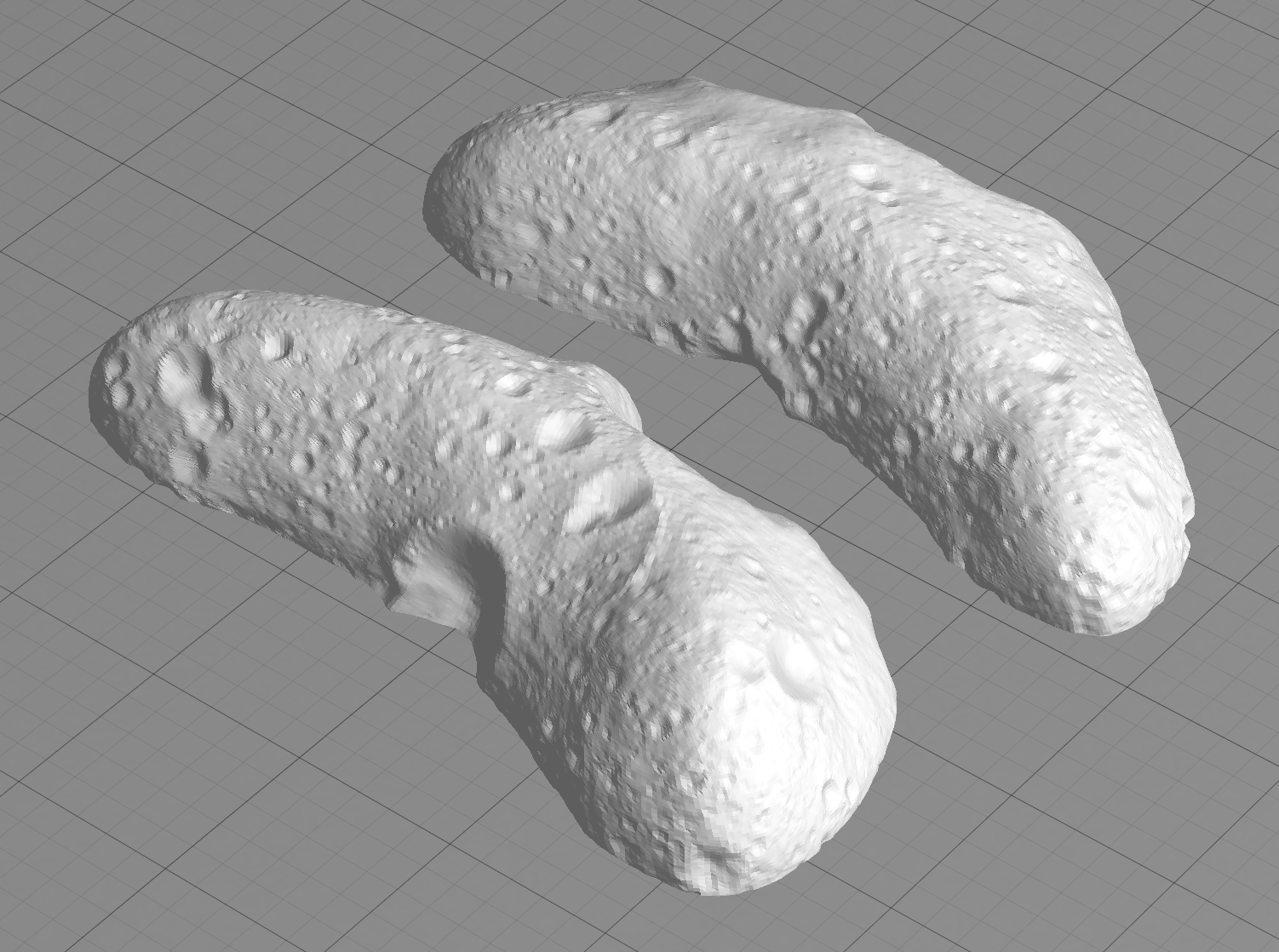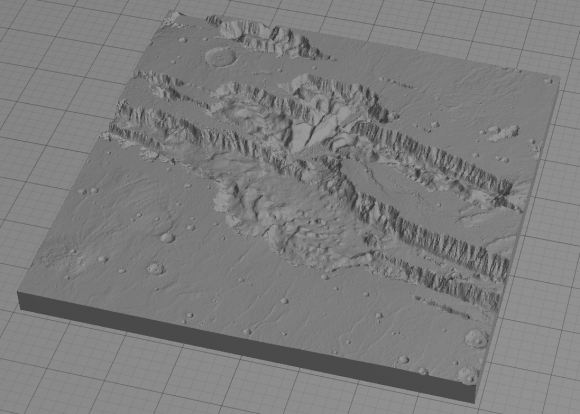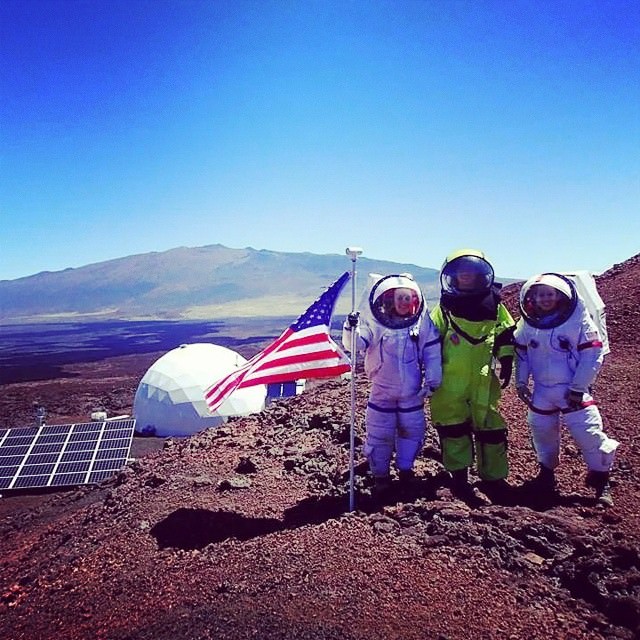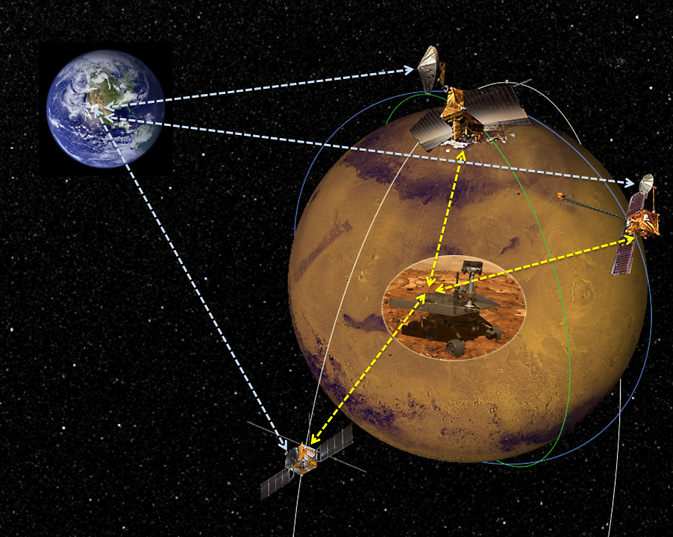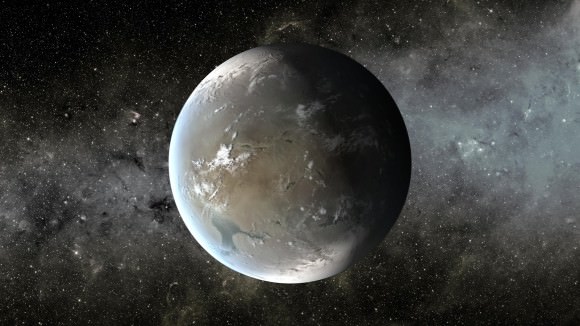Could life survive in the harshness of space? What would it mean to send plants from Earth beyond, well, the Earth? According to multiple media reports, a Japanese artist recently explored these questions by launching a bonsai tree and other plant arrangements high into the atmosphere via high-altitude balloon.
This is the explanation for the project on the Exobiotanica webpage:
Plants on the earth rooted in the soil, under the command of gravity.
Roots, soil and gravity – by giving up the links to life, what kind of “beauty” shall be born?
Within the harsh “nature”, at an attitude of 30,000 meters and minus 50 degrees Celsius,
the plants evolve into EXBIOTA (extraterrestrial life).
A pine tree confronting the ridge line of the Earth.
A bouquet of flowers marching towards the sun hit by the intense wind.
Freed from everything, the plants shall head to the space.
According to the Huffington Post, artist Azuma Makoto and his team sent the arrangements aloft from Black Rock Desert, Nevada (where the Burning Man festival is held). He did several practice runs under low-temperature conditions, checking out the camera angles and other parameters.
The highest altitude was reportedly 30,000 meters (about 98,425 feet). While that’s technically not high enough for space, at that altitude the air is thin enough that you can see black sky instead of blue.
You can check out far more pictures of the balloon activities here.
(h/t fastcodesign.com)


